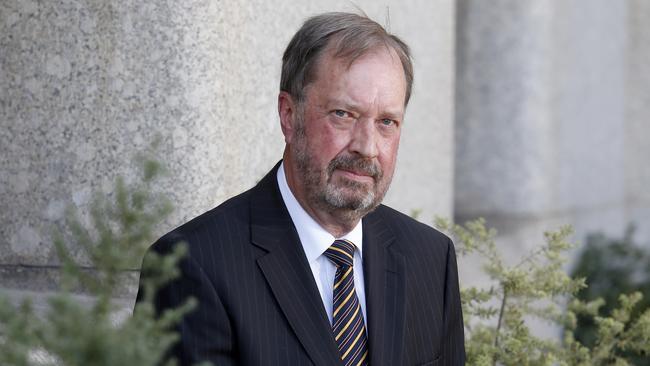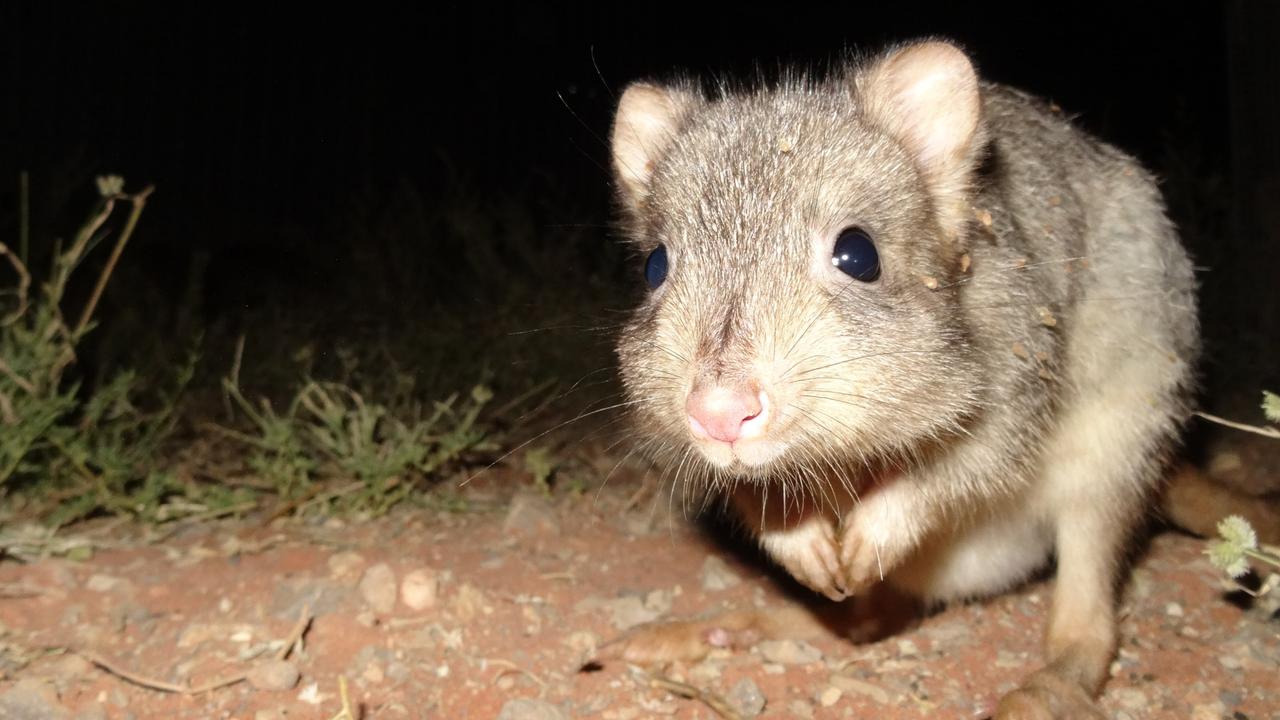Chemotherapy bungle victim claims new ‘open disclosure’ policy will increase secrecy at SA Health
CHEMOTHERAPY bungle victim Andrew Knox says a new document on ‘open disclosure’ will increase SA Health secrecy by scaring staff and won’t inform patients when something goes really wrong.

SA News
Don't miss out on the headlines from SA News. Followed categories will be added to My News.
- Cancer patient’s fears over chemotherapy bungle cover-up
- Inquiry ordered into Royal Adelaide Hospital chemo bungle
- Records of chemo bungle victim Andrew Knox disappeared
- Public hospital guards can access sensitive patient records
CHEMOTHERAPY bungle victim Andrew Knox says a new government document on “open disclosure” in the health system is in fact designed to frighten staff into silence.
The Belair man says he has had no input into the SA Health document Patient, Incidents, Management and Open Disclosure Policy Directive, despite a personal assurance from Health Minister Jack Snelling that he would be consulted.
“The clear intent of this document is to scare staff in to thinking they will be dismissed or disciplined if they publicly utter any name or any detail at all,” Mr Knox said.
“They have produced a document that will make them (bureaucrats and politicians) more fireproof from criticism and keeps patients and the public in the dark.”
As revealed exclusively in The Advertiser last July, the former advertising guru was one of 10 patients with acute myeloid leukaemia underdosed on their chemotherapy drug treatment at Royal Adelaide Hospital and Flinders Medical Centre.
For the first time, Mr Knox has released documents from within SA Health that reveal the initial discovery of underdosing was considered a “moderate” risk and rated as a Safety Assessment Code 2.
The SAC is a national standard of assessment covering four levels of safety, with SAC 1 being the highest.
“Apparently for the Flinders Medical Centre, only giving 25 per cent of the established treatment for one of the most aggressive cancers was only a ‘moderate’ consequence,” a clearly upset Mr Knox said.
“Even as a SAC 2, an inquiry and report had to be complete within 70 days and that was never done. The SAC form was simply ignored.”
He says he has had six months of “acute frustration” trying to discover “who stuffed-up” and “who covered up” by failing to inform patients.
“There is a constant issue of getting information out of them because they claim ‘confidentiality’ at every turn,” the 67-year-old, who is facing further surgery, said.
“I have been given 168 SA Health documents and other than my name there is one other name and every other name has been redacted (blacked out).”
Mr Knox is aware two fellow victims of the chemotherapy blunder have relapsed and are undergoing urgent treatments.
“We just don’t know how many have died and how many have relapsed,” he added.
“But I do know they don’t want us to know.
“Under this wonderful new policy of ‘open disclosure’ we the victims will never be allowed to know if anything ever came from the potentially life-taking error.”
He says he feels let down by Mr Snelling who confirmed on radio on February 10 that he had asked Mr Knox to be “part of the process” of learning from the mistakes.
“It would have been highly appropriate in the circumstances to have at least brought it to my attention that this review was under way,” he added.
The open disclosure review was open for public consideration for four weeks from April 1 to April 28
In response to a serious of questions, SA Health said 40 online submissions were received from community members, interest groups, health staff and unions.
Although the deadline had passed, submissions were still being considered
Opposition health spokesman Stephen Wade said SA Health had been shown to be a “secretive and unaccountable organisation” under Mr Snelling.
He called for a full review of the department.
A spokesman for the minister said he was in the far north of the state and could not be contacted.


